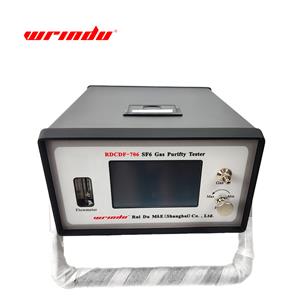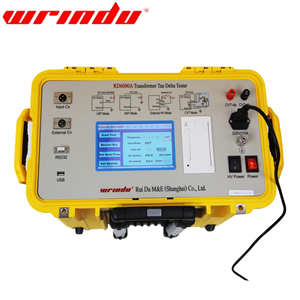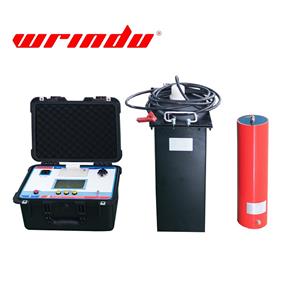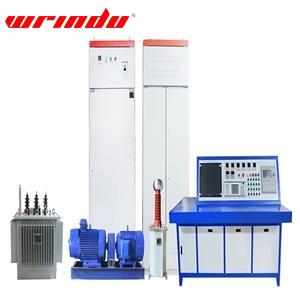Technology Class
-
2111-2024
A brief discussion on the important role of transformer oil chromatography analysis
The chromatographic analysis method for detecting dissolved gases in transformer oil is essential in discovering latent faults in oil-filled electrical equipment as early as possible. It can detect internal faults of equipment, predict the development trend of faults, and avoid equipment damage and unplanned power outages; according to the harmfulness of the fault, the importance of the equipment, and the load requirements, reasonable fault handling measures are formulated to ensure that the equipment is not damaged. This is an essential means of supervising and ensuring the safe operation of equipment.
-
0711-2024
How to quickly detect SF6 purity on site to ensure normal operation of circuit breakers
As SF6 gas is not only an efficient insulating medium but also provides excellent arc-quenching properties, maintaining its purity is vital. Below are the methods and steps for efficiently testing SF6 purity in the field, along with practical details.
-
0611-2024
On-Site CT/PT Testing Procedures and Precautions
In the routine maintenance and inspection of power systems, testing current transformers (CT) and potential transformers (PT) is essential for ensuring the safe and stable operation of electrical equipment.
-
0511-2024
How to Optimize the Transformer Oil Chromatography Testing Process
Optimizing the transformer oil chromatography testing process is essential for improving testing efficiency, enhancing result accuracy, and ensuring equipment safety. The following sections detail how to optimize this process from sampling operations, sample preservation, degassing methods, equipment maintenance and calibration, data analysis, to result validation.
-
0411-2024
Application of Contact Resistance Testing in Daily Maintenance of Transformers
Contact resistance testing is a vital method for ensuring the efficient and safe operation of transformers. By assessing the state of electrical connections, potential issues can be identified in a timely manner. This article will explore the key applications of contact resistance testing in the daily maintenance of transformers.
-
3110-2024
The Impact of Aging Power Equipment on Relay Protection Testing
As the operational lifespan of equipment increases, aging phenomena become more pronounced, leading to performance degradation, increased failure rates, and the potential inability of conventional tests to fully uncover latent problems. This article will delve into the impact of power equipment aging on relay protection testing and propose corresponding countermeasures.
-
2810-2024
Reasons why the series resonance test device cannot rise to the set target voltage
Although the series resonance test device has undergone strict quality inspection before leaving the factory, various faults may still be encountered during the test due to the complex and changeable on-site environment. The above content provides analysis and treatment suggestions for common faults to help testers solve problems more quickly and accurately.
-
2210-2024
The role of DC high voltage generator in power cable testing
DC high-voltage generators play an indispensable role in power cable testing. This article will deeply explore the five major functions of DC high-voltage generators in cable testing, as well as their key position in ensuring cable quality and safety.
-
1810-2024
How to use the VLF very low frequency withstand voltage generator
The ultra-low frequency withstand voltage generator is an indispensable test equipment in the power system, which is used to ensure the reliability and safety of electrical equipment under ultra-low frequency voltage. This article introduces in detail the use, precautions and maintenance of the ultra-low frequency withstand voltage generator, aiming to help users conduct withstand voltage tests safely and effectively.
-
1210-2024
Why do we need to test loop resistance? What are the methods for testing loop resistance?
In the maintenance and fault prevention of power systems, loop resistance testing plays a vital role. This article aims to deeply explore the necessity of loop resistance testing and comprehensively introduce various testing methods to provide professional guidance for the management and maintenance of power equipment.




